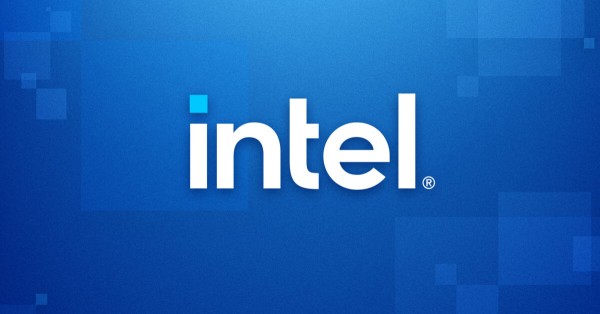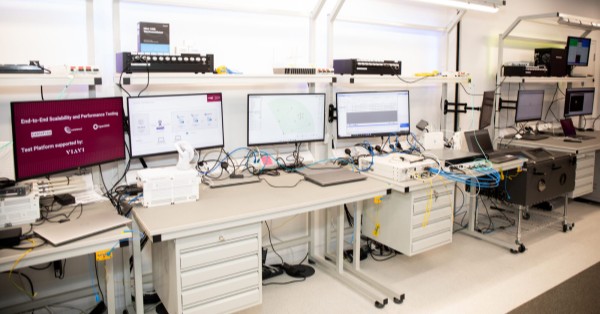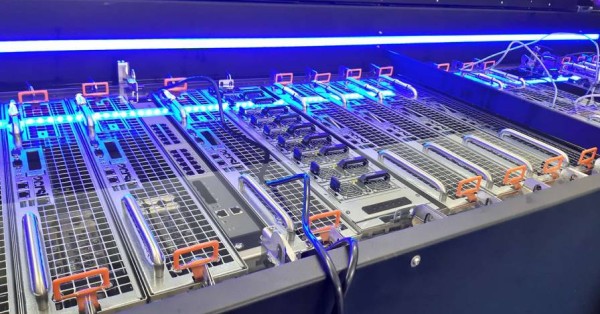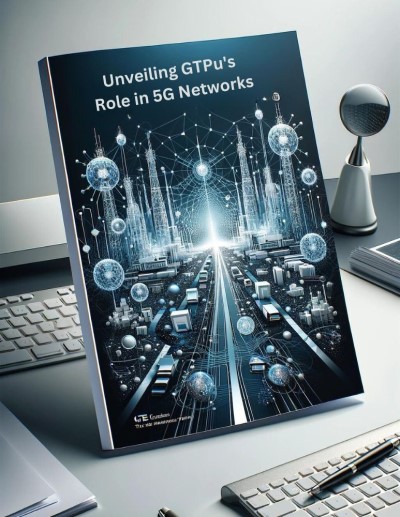- Tech News & Insight
- August 7, 2025
- Robert James Armstrong
With 5G, edge computing, and AI pushing networks to become more dynamic and complex, legacy OSS can’t keep up. This article explores what modern OSS should look like: intelligent, real-time, modular, and built for automation. You'll also find practical steps to start the transformation today — without ripping everything out.





























